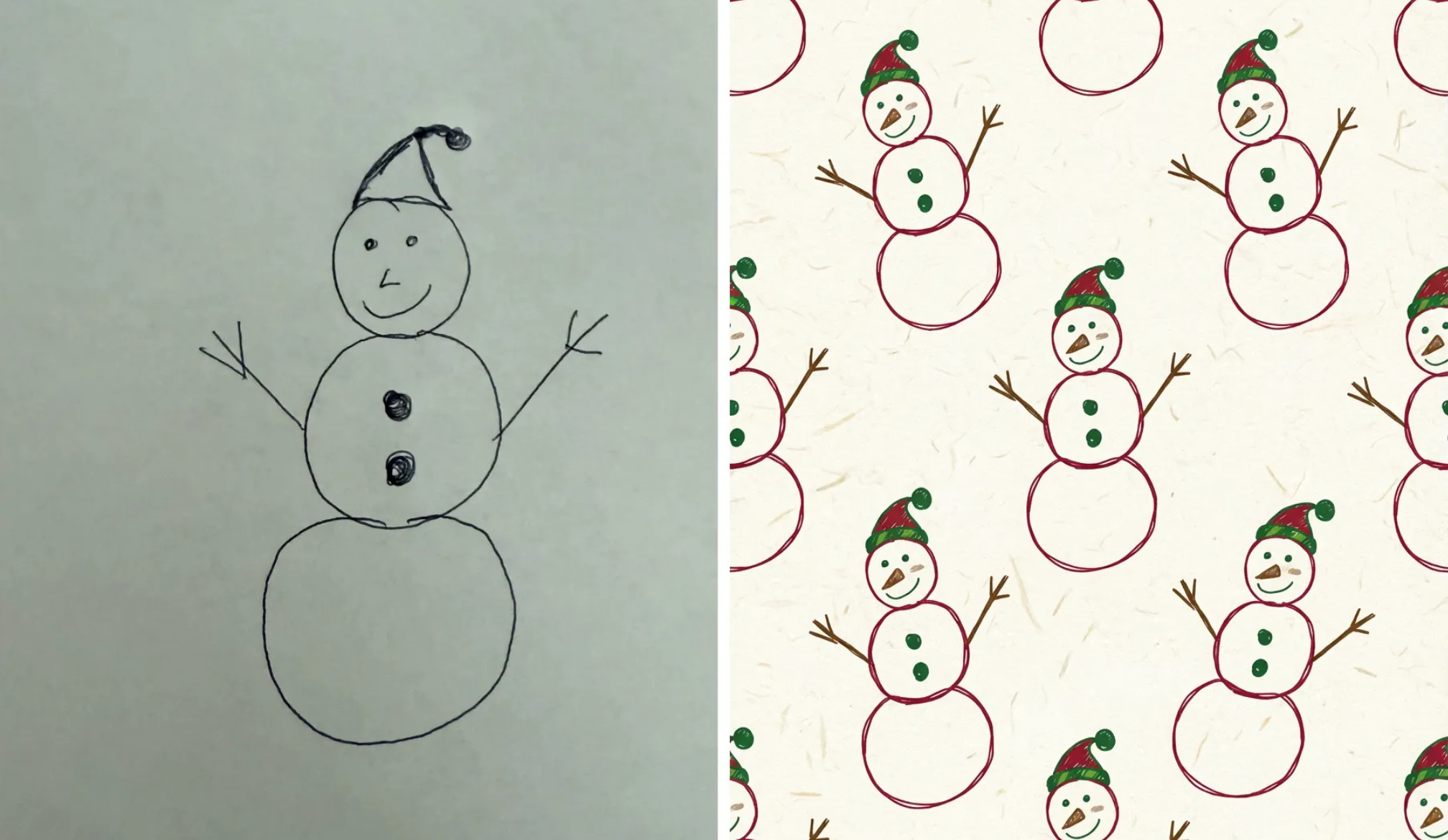Bailey Smith & Tammy Hembrow Reunite for Tinder Summer Peak Season
- Written by Times Media

The duo reunite as friends to embrace 2026’s biggest dating trend
After a year of headlines, viral moments and a much discussed dating arc, Bailey Smith and Tammy Hembrow are reuniting with Tinder - this time, firmly as friends.
Following their highly publicised dating era earlier this year, Bailey and Tammy have stayed close and today announce they are stepping into 2026 by supporting each other as they get back into the dating world. Their reunion reflects the rise of Friendfluence - a top trend in Tinder’s Year in Swipe, where singles increasingly rely on their friends’ perspectives when making dating decisions - 42% of young singles say friends influence their dating life, and 37% plan to go on group or double dates next year.
As they embrace this new chapter, both say they’re entering the new year feeling hopeful, the Word of the Year according to Year in Swipe, and are ready to refresh their dating journeys together. They’ll be turning to each other for honest advice, gut-checks, profile glow-ups and first-message banter tips.
Their announcement arrives ahead of the biggest dating moment of the year, with Dating Sunday landing on January 4 - historically the busiest day of the year on dating apps.
According to new Tinder data:
Swipe activity jumps nearly 13%
Messages increase by almost 10%
Singles experience around 6% more matches, averaging 380 matches every second ● During Peak Season (Jan 1–Feb 14), singles send 10 million more messages per day and 40 million more Likes than the rest of the year
As singles start updating their profiles for peak season, Bailey and Tammy’s supportive, friend first approach to dating aligns with how many Aussie singles will be entering the new year.
Tammy Hembrow media statement
“Bailey and I have become so close since dating a few months back. We have a bunch in common and are genuine friends at this stage, so leaning on each other for dating advice feels so natural.
I’ve always leaned on the girls for dating advice and now I’m enjoying getting Bailey’s male perspective on my dating life, it’s been fun and I’m learning something new!
My friends often spot the red flags before I do, and I think 2026 is the year we should all tune into how our friends view our date when we might be clouded by that honeymoon haze.
Bailey is keen to amp up my flirty banter and steer me clear of any bad vibes! As for his Tinder profile, I’m going to reduce the number of shirtless pictures for sure! Tinder daters, watch this space!”
Bailey Smith media statement
“I’m so glad I met Tammy, and while we tried our hand at dating each other, we’ve realised we work better as friends. She’s got a great outlook on dating that is light-hearted and I think I’m going to really value what she has to say.
Tammy has always been good at dating with intention and communicating her goals, so I’m excited to see what direction my dating life goes with her guiding me.
I’ve been told to have less shirtless pics, so that’s already a big change to my Tinder profile! But she’s not safe either, I’m diving right into her Tinder bio and bringing better chat to her dating game!”
Check out Tammy’s Instagram and TikTok posts, as well as Bailey’s own Instagram, and head to Tinder’s local TikTok or Instagram (@tinderau) over the next few weeks to see some of the campaign videos featuring Bailey and Tammy.
Tinder’s Double Date feature offers a low-pressure, group-first way to explore the world of dating side by side and is already proving popular with women three times more likely to ‘Like’ and match with a pair compared to individual profiles.
About Tinder
Launched in 2012, Tinder® revolutionised how people meet, growing from 1 match to one billion matches in just two years. This rapid growth demonstrates its ability to fulfil a fundamental human
need: real connection. Today, the app has been downloaded over 630 million times, leading to over 100 billion matches, serving approximately 50 million users per month in 190 countries and 45+ languages – a scale unmatched by any other app in the category. In 2024, Tinder won four Effie Awards for its first-ever global brand campaign, "It Starts with a Swipe™”.
Tinder, Swipe, the flame logo, and It Starts with a Swipe are all trademarks of Tinder LLC.























